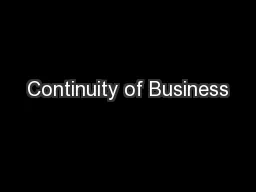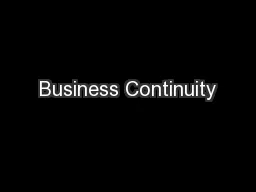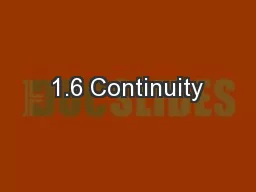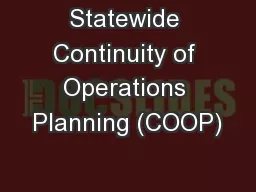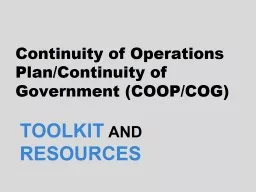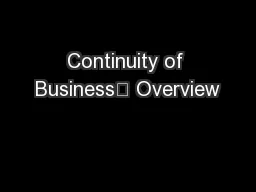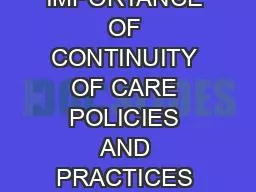PPT-Continuity of Business
Author : danika-pritchard | Published Date : 2015-11-09
Overview Adapted from the FAD PRePNAHEMS Guidelines Continuity of Business 2013 Also known as managed movement Allows movement of noninfected animals and noncontaminated
Presentation Embed Code
Download Presentation
Download Presentation The PPT/PDF document "Continuity of Business" is the property of its rightful owner. Permission is granted to download and print the materials on this website for personal, non-commercial use only, and to display it on your personal computer provided you do not modify the materials and that you retain all copyright notices contained in the materials. By downloading content from our website, you accept the terms of this agreement.
Continuity of Business: Transcript
Download Rules Of Document
"Continuity of Business"The content belongs to its owner. You may download and print it for personal use, without modification, and keep all copyright notices. By downloading, you agree to these terms.
Related Documents

